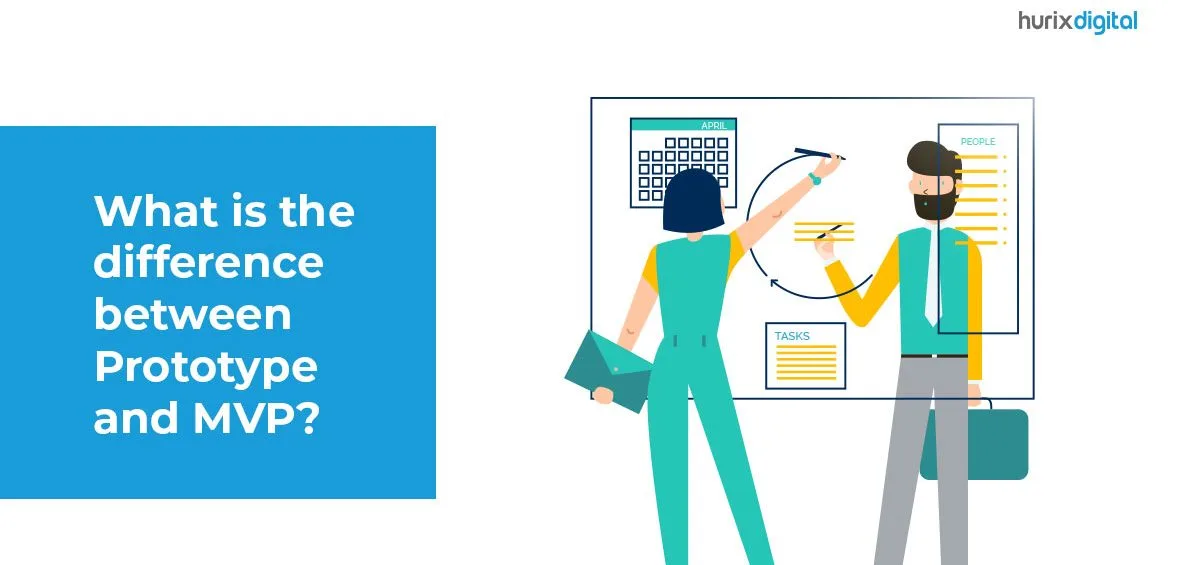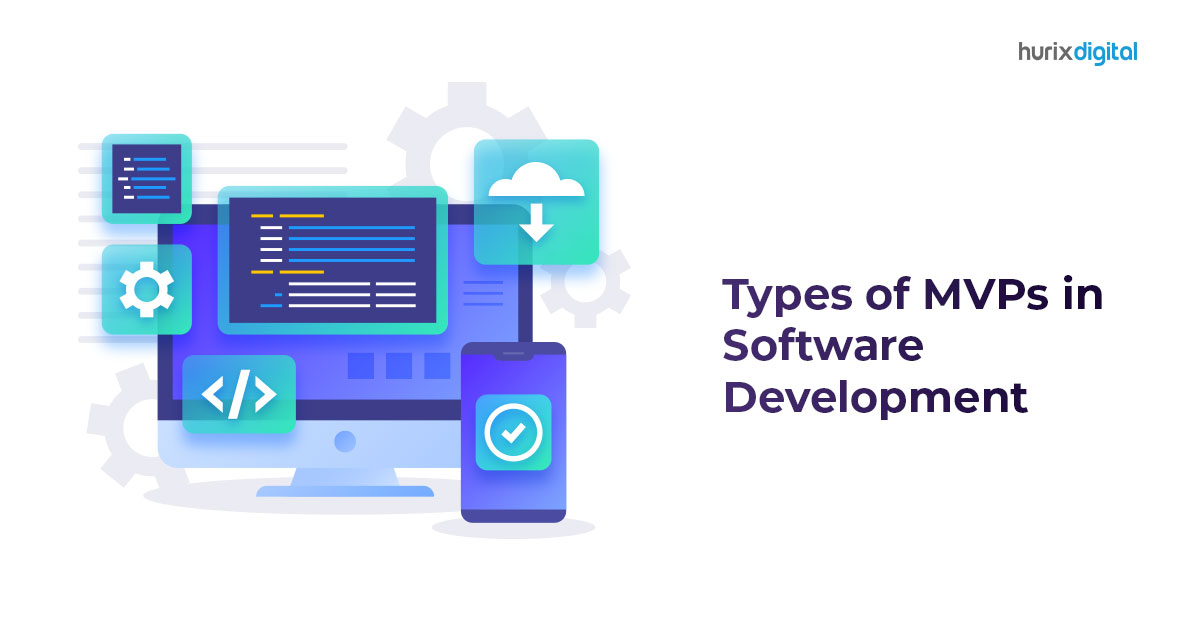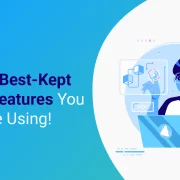
What is the Difference Between Prototype and MVP?
Summary
In this blog, you’ll discover the critical differences between prototypes and MVPs, unlocking the secrets to effectively validating your business ideas and creating products that resonate with your target audience.
A prototype and an MVP are both used in the initial stages of development. However, there are some key differences between the two.
Table of Contents:
What is a Prototype?
A prototype is an early product version created to showcase the business concept before implementing it. It is a preliminary version of a product that is created to validate design concepts and functionality. It helps you to communicate with your design and engineering teams. Prototypes can be paper prototypes to draw a basic idea of your user interface or a digital prototype where a working mock-up of your envisioned product can be created using different prototyping tools.
A prototype can be a physical or digital representation of a product, and it can be used to gather feedback from stakeholders and potential users. A prototype is typically not a fully functional product, but rather a simulated version that can be used to test the viability of the product idea.
Also Read: Types of MVPs in Software Development
Reasons to Use Prototypes
One of the key reasons companies create prototypes is to gather early feedback from real users and stakeholders before the actual development. Prototyping is also widely used for:
- Collect initial user feedback without actual development
- Finding and fixing gaps in the product flow
- Narrow down designs
- Identifying customer needs
What is an MVP?
A Minimum Viable Product (MVP) is a product that has the minimum set of core features required to satisfy early adopters and start the feedback loop. The object of an MVP is to validate the product idea, gather feedback/expectations from real users, and get to know your target audience better. With this approach, you can iterate and improve the product based on that feedback.
Reasons to Use an MVP
Developing new products is always challenging. Developing MVP first helps to reduce the risk of failure and gives you a direction for further product development. MVP saves time, resources, and money. Other reasons to build an MVP include:
- Starting a business with minimal resources
- Mitigate the risk of failure
- Building customer relationships
- Creating better final products
Also Read: What are the Stages of Product Engineering?
Conclusion
In brief, both MVPs and prototypes are quick and cost-effective ways to validate the business idea. A prototype is used to validate design concepts and functionality, while an MVP is used to validate the product idea and gather feedback from real users. A prototype is typically not a fully functional product, while an MVP is designed to be functional and usable with core features.
Hurix Digital designers have experience in analyzing your product idea and turning your ideas into prototypes using prototyping tools like Figma, AxureRP, Adobe XD, etc. Also, our experienced development team successfully executed MVPs for various clients and transformed project ideas into fully-fledged products.
Get in touch with us today!

Currently serving as the Vice President of Technology Delivery Operations at HurixDigital, a prominent global provider of digital content and technology solutions for publishers, corporations, and educational institutions. With over 16 years of experience spanning EdTech and various domains, I hold certification as a SCRUM Product Owner (CSPO). My expertise includes operations, finance, and adept people management skills.





